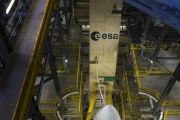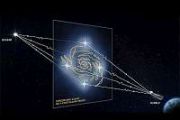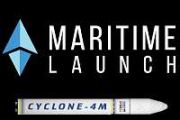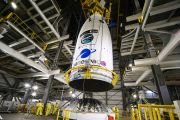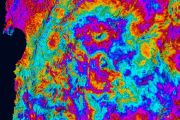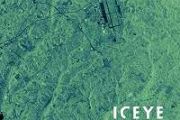
Copernical Team
Indian launch attempt of earth observation satellite fails

Flying by Venus
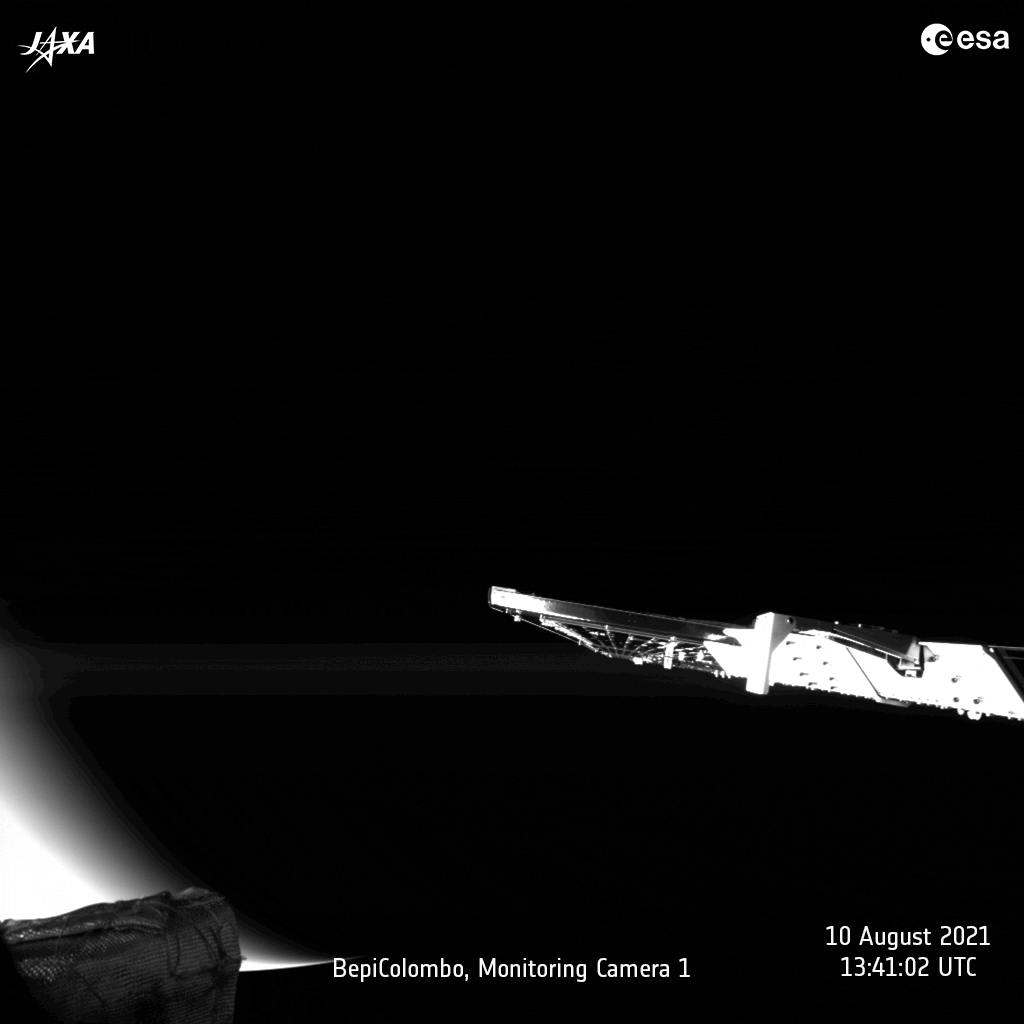 Image:
Flying by Venus
Image:
Flying by Venus Scientists detect characteristics of the birth of a major challenge to harvesting fusion energy on Earth
 A key challenge for scientists striving to produce on Earth the fusion energy that powers the sun and stars is preventing what are called runaway electrons, particles unleashed in disrupted fusion experiments that can bore holes in tokamaks, the doughnut-shaped machines that house the experiments. Scientists led by researchers at the U.S. Department of Energy's (DOE) Princeton Plasma Physics Lab
A key challenge for scientists striving to produce on Earth the fusion energy that powers the sun and stars is preventing what are called runaway electrons, particles unleashed in disrupted fusion experiments that can bore holes in tokamaks, the doughnut-shaped machines that house the experiments. Scientists led by researchers at the U.S. Department of Energy's (DOE) Princeton Plasma Physics Lab Lockheed Martin to upgrade US missile defense system's Multi-Domain Command and Control Capability
 Today's battlespace is the most contested since the Cold War. Offensive missile systems with maturing sophistication from rogue states pose a growing threat to the U.S. Helping the U.S. counter these threats is the Command, Control, Battle Management and Communications (C2BMC) system, the integrating element of the U.S. Missile Defense System.
To strengthen C2BMC's capability, the Missile
Today's battlespace is the most contested since the Cold War. Offensive missile systems with maturing sophistication from rogue states pose a growing threat to the U.S. Helping the U.S. counter these threats is the Command, Control, Battle Management and Communications (C2BMC) system, the integrating element of the U.S. Missile Defense System.
To strengthen C2BMC's capability, the Missile Space Force reluctant to spearhead Pentagon's UFO Investigation Program
 A former US intelligence official reportedly said that it "makes perfect sense" for the Space Force to handle the UFO-related matters since it "doesn't have a geographic boundary."
The US Space Force is "conflicted" over the prospect of leading the country's effort to collect information about UFOs, Politico reports.
According to the media outlet, while the Pentagon is contemplating
A former US intelligence official reportedly said that it "makes perfect sense" for the Space Force to handle the UFO-related matters since it "doesn't have a geographic boundary."
The US Space Force is "conflicted" over the prospect of leading the country's effort to collect information about UFOs, Politico reports.
According to the media outlet, while the Pentagon is contemplating Commander offers strategies for deterring aggression from China and Russia
 The commander of North American Aerospace Defense Command and U.S. Northern Command described threats from Russia and China and ways to mitigate those threats.
Air Force Gen. Glen D. VanHerck spoke at the Space and Missile Defense Symposium, in Huntsville, Alabama.
Besides battling wildfires, hurricanes, cyberattacks and COVID-19, NORAD and Northcom are engaged in deterring threats f
The commander of North American Aerospace Defense Command and U.S. Northern Command described threats from Russia and China and ways to mitigate those threats.
Air Force Gen. Glen D. VanHerck spoke at the Space and Missile Defense Symposium, in Huntsville, Alabama.
Besides battling wildfires, hurricanes, cyberattacks and COVID-19, NORAD and Northcom are engaged in deterring threats f Netflix plans series on historic SpaceX Inspiration4 mission
 Netflix plans to cover the upcoming SpaceX launch of the first all-private orbital spaceflight in September, Inspiration4, with a five-part docuseries.
The series would offer closeup footage of the entire mission "from training to launch to landing," according to Netflix. It would give viewers a unique perspective on a historic spaceflight and break ground for the leading streaming serv
Netflix plans to cover the upcoming SpaceX launch of the first all-private orbital spaceflight in September, Inspiration4, with a five-part docuseries.
The series would offer closeup footage of the entire mission "from training to launch to landing," according to Netflix. It would give viewers a unique perspective on a historic spaceflight and break ground for the leading streaming serv Hermeus fully-funded to flight with US Air Force Partnership
 Hermeus has signed a $60 million U.S. Air Force partnership for flight testing its first Marc 5 aircraft - Quarterhorse.
Quarterhorse will validate the company's proprietary turbine-based combined cycle (TBCC) engine, based around the GE J85 turbojet engine, and is the first in a line of autonomous high-speed aircraft. By the end of the flight test campaign, Quarterhorse will be the fastes
Hermeus has signed a $60 million U.S. Air Force partnership for flight testing its first Marc 5 aircraft - Quarterhorse.
Quarterhorse will validate the company's proprietary turbine-based combined cycle (TBCC) engine, based around the GE J85 turbojet engine, and is the first in a line of autonomous high-speed aircraft. By the end of the flight test campaign, Quarterhorse will be the fastes OSIRIS-REx helps scientists model the orbit of hazardous asteroid Bennu
 The half-a-kilometer-wide asteroid Bennu is already one of the most well-studied asteroids prior to the OSIRIS-REx mission.
By ysing positional data collected over the course of the two-year sample return mission, however, scientists were able to improve their knowledge of Bennu's trajectory by a factor of 20, NASA scientists said at a press briefing.
"The OSIRIS-REx mission coll
The half-a-kilometer-wide asteroid Bennu is already one of the most well-studied asteroids prior to the OSIRIS-REx mission.
By ysing positional data collected over the course of the two-year sample return mission, however, scientists were able to improve their knowledge of Bennu's trajectory by a factor of 20, NASA scientists said at a press briefing.
"The OSIRIS-REx mission coll BepiColombo’s close Venus encounter
 Video:
00:00:57
Video:
00:00:57
A stunning sequence of 89 images taken by the monitoring cameras on board the European-Japanese BepiColombo mission to Mercury, as the spacecraft made a close approach of Venus on 10 August 2021.
The sequence includes images from all three Monitoring Cameras (MCAM) onboard the Mercury Transfer Module, which provides black-and-white snapshots in 1024 x 1024 pixel resolution. It is not possible to image with the high-resolution camera suite during the cruise phase. The images have been lightly processed to enhance contrast and use the full dynamic range. A small amount of optical vignetting is seen in the corners












